Vertigo/ 1958/Paramount Pictures /127 min.
Kim Novak turns 85 today – wow!
On a cold morning several years ago, my colleague Joe from the art department bumped into me at Starbucks and said: “You look like Kim Novak in ‘Vertigo’ in that suit,” referring to my fitted gray jacket and skirt. I’d twisted my hair into the best chignon I could manage pre-coffee using the three hairpins I was able to find on my cluttered bathroom shelf.
I was relieved to put off a shampoo for another day, but never thought my impromptu bun had the added effect of contributing to a Hitchcock-blonde vibe.
Alfred Hitchcock was always extremely fastidious about his leading ladies’ wardrobes and for 1958’s “Vertigo” he and costume designer Edith Head agreed that a gray suit would lend a particularly eerie air to Novak’s character, Madeleine Elster. Though stylish, sophisticated and perfectly appointed, Madeleine seems to be struggling to hold onto her sanity.
Her worried husband Gavin Elster (Tom Helmore) taps an old acquaintance and former police detective John “Scottie” Ferguson (James Stewart) to keep an eye on her. Gavin tells Scottie that Madeleine is tormented by family ghosts and that he’s afraid she’ll commit suicide.
Like Madeline, Scottie is a little delicate too, having recently been treated for his fear of heights, brought on by a nasty bout of vertigo. So, he’s taking it easy and hanging out with his upbeat buddy Midge (Barbara Bel Geddes). Reluctant at first, Scottie accepts Gavin’s assignment and, over time, becomes obsessed with saving Madeline, then falls in love with her.
But alas, Scottie can’t provide foolproof protection against her demons because he hasn’t completely conquered his vertigo. After Madeleine takes a fatal tumble, Scottie is inconsolable, until he encounters a shop clerk named Judy Barton (also played by Novak).
Judy bears an uncanny resemblance to his lost love, even if she’s less refined and has the wrong hair color. Scottie decides that’s where hair dye and haute couture come in and he sets his sights on transforming this new object of his affection into the spitting image of Madeleine. “It can’t mean that much to you,” Scottie growls at Judy when she balks at bleaching her hair. But the déjà vu does not go according to plan.
“Vertigo”’s surreal, sometimes unsettling exploration of two troubled minds bears Hitchcock’s distinctive stamps: intense but masked emotion, exquisite suspense, altered identity and disguises, and technical innovation – in this case, the use of forward zoom and reverse tracking to depict Scottie’s vertigo. Intense color and meticulous composition heighten our sense of Scottie’s anguish and frustration. Robert Burks, a longtime Hitchcock collaborator, was director of photography.
Though reviews were mixed upon its initial release (critics complained that the plot was far-fetched), “Vertigo” has since been acknowledged as a crowning cinematic achievement. In 2002, “Vertigo” landed the No. 2 spot on the Sight and Sound critics’ top 10 poll, second only to “Citizen Kane.” Leonard Maltin calls it: “A genuinely great motion picture that demands multiple viewings.”
Stewart is captivating as the off-balance would-be lover, playing against his aw-shucks, all-American type. Scottie is relaxed and jovial one minute, desperate and disconnected the next.
Novak was at the peak of her stardom when she played this role. Though it’s easy to accuse her of being a little wooden, that was likely the exact effect, i.e. sexy sleepwalker, that Hitchcock intended.
Novak snagged the role because Hitch’s first choice, Vera Miles, was pregnant and in those days, that meant losing the part. Looking at her performance today, Novak kills it.
Bel Geddes turns in an outstanding performance as Scottie’s eminently likeable galpal Midge. (Twenty years later, Bel Geddes would play the matriarch Mrs. Ewing on the hit series “Dallas.”) Midge and Scottie are comfortable enough with each other to discuss a “cantilevered” bra, perhaps a riff on Howard Hughes’ real-life attempt to design a special bra for actress Jane Russell. Midge loves Scottie, but knows the feeling is not reciprocated.
Bernard Herrmann’s haunting score, according to imdb.com, was inspired by Richard Wagner’s “Tristan and Isolde,” which is also about doomed love. The script, by Samuel Taylor and Alec Coppel, is based on the book “d’Entre les Morts” by Pierre Boileau and Thomas Narcejac, writers of the French noir novel “Diabolique.”
Although Hitchcock generally preferred studio shooting to filming on location, he also appreciated San Fran’s beauty and the city features prominently in “Vertigo” as he lets us linger near landmarks and enjoy the scenery. Hitchcock shows up as a pedestrian about 10 minutes into the flick.
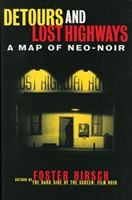 For me, the only downside in “Vertigo” is that Novak’s character is much more of a damsel in distress than a cunning enchantress. Foster Hirsch, author of “Detours and Lost Highways: A Map of Neo-Noir” puts it this way: “While the protagonist is conceived securely within a noir tradition, the film rewrites the femme fatale as a victim rather than a manipulator of male desire.”
For me, the only downside in “Vertigo” is that Novak’s character is much more of a damsel in distress than a cunning enchantress. Foster Hirsch, author of “Detours and Lost Highways: A Map of Neo-Noir” puts it this way: “While the protagonist is conceived securely within a noir tradition, the film rewrites the femme fatale as a victim rather than a manipulator of male desire.”
That’s not a good thing in my book. Still, I’m so fond of Novak’s lovely suits and dresses that if I could find a “Vertigo”-esque cream-colored coat and black gloves and scarf, I’d be willing to look the other way on this one.
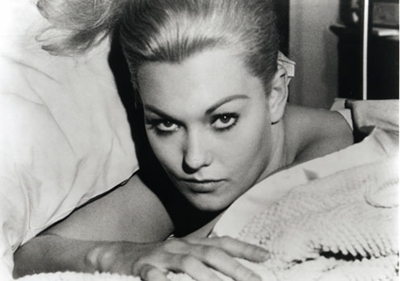
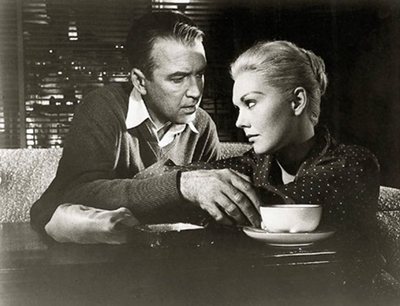





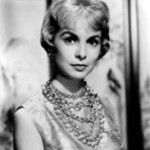
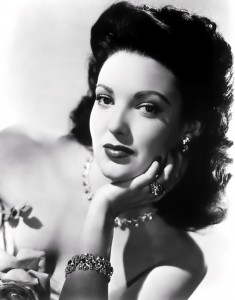

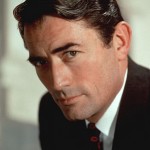
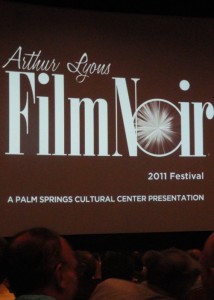
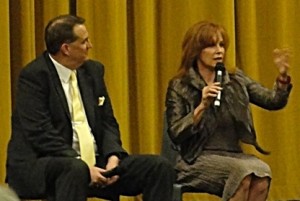
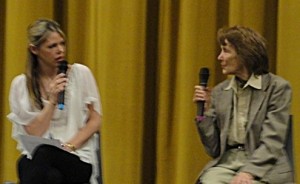
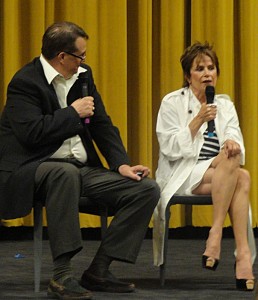
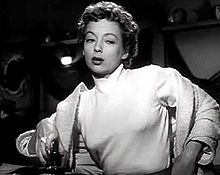
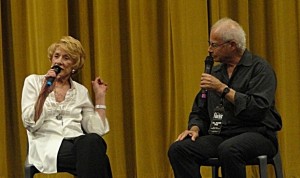
![220px-Loophole[1]](http://www.filmnoirblonde.com/wp-content/uploads/2011/05/220px-Loophole11-196x300.jpg)

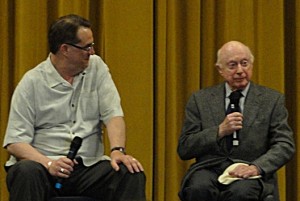
![220px-DamnedDontCry[1]](http://www.filmnoirblonde.com/wp-content/uploads/2011/05/220px-DamnedDontCry11-210x300.jpg)
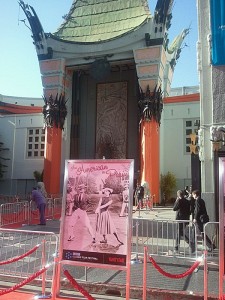
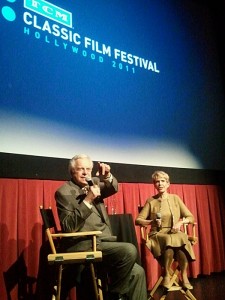
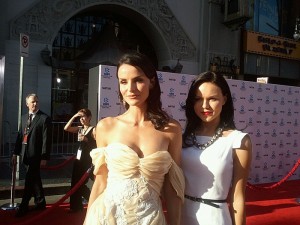
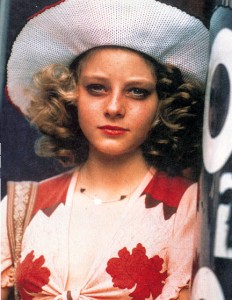





From FNB readers